All kiwi are not the same. In fact, there are five distinct species of the cute guys, each with their unique quirks, characteristics… and threats. Erin Reilly from Save the Kiwi explains.
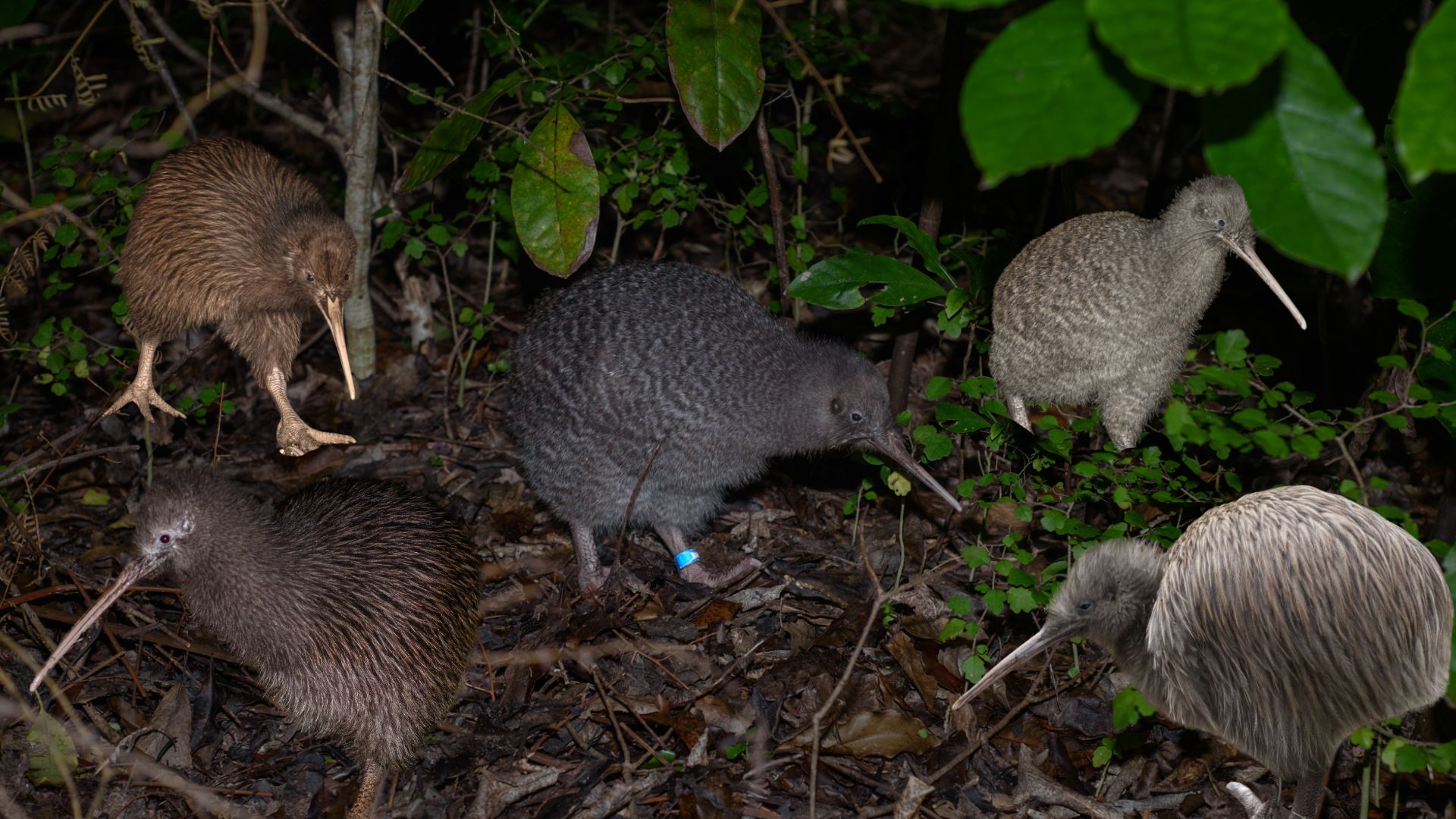
Kiwi-nui (North Island brown kiwi)
As the name suggests, the North Island brown kiwi lives in the North Island and is, well, brown (although their colouring can range from dark chocolate to ginger).
Brown kiwi pairs are typically monogamous and mate for life, although some males have been spotted incubating eggs in more than one burrow (scandalous!).
At the last official count (in 2015), there were roughly 25,550 North Island brown kiwi. However, Save the Kiwi recently found that their funded projects have increased the population of North Island brown kiwi by approximately 7,000 in the last four years.
Where there’s active predator control, kiwi are going gangbusters. For example, about 80% of kiwi in the Hauraki-Coromandel region are actively managed by incredibly invested community-led projects and the Department of Conservation.

Annual kiwi call surveys report good growth, and some parts of the peninsula have reported an 8% annual population growth.
On the flipside, the news isn’t as rosy in the eastern region where only ~20% of kiwi are actively managed. Stoats and ferrets are significant threats to all kiwi, but because there isn’t as much trapping going on in the east, kiwi are more vulnerable here.
Dogs are also bad news for North Island brown kiwi, especially in Northland. While the average kiwi could live for more than 50 years, in Northland, the average age hovers around 14 years, mainly due to the impact of roaming dogs.
Roroa (great spotted kiwi)
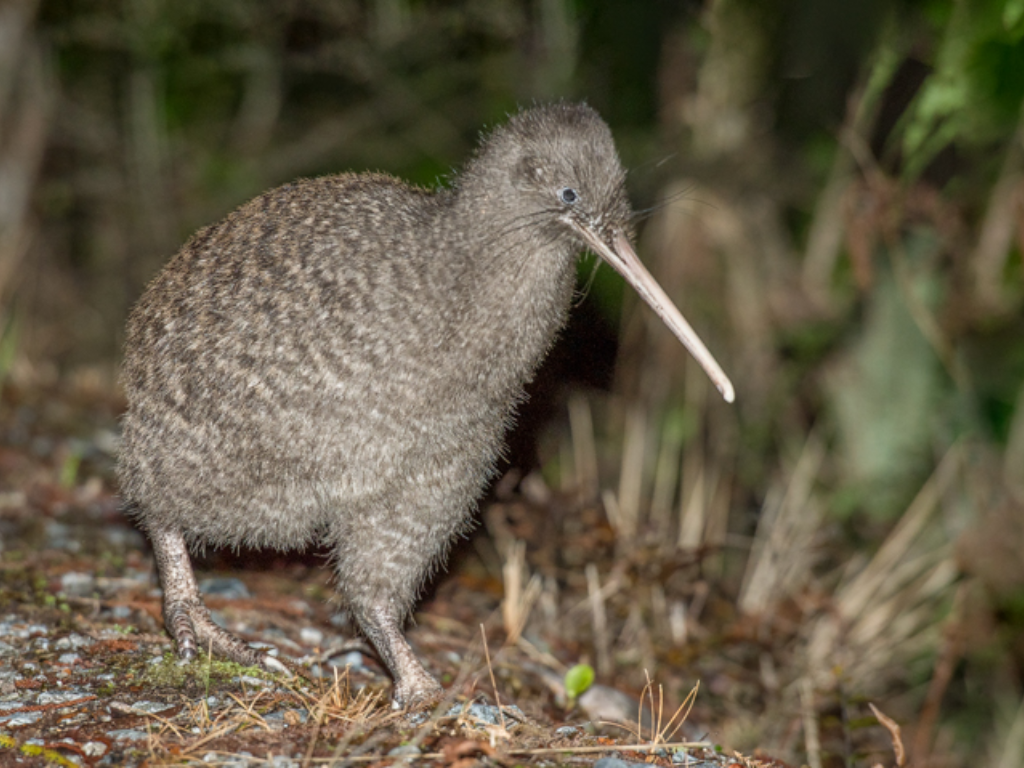
If there were a New Zealand bird basketball team, the roroa (great spotted kiwi) would rep the kiwi, with adults measuring around 45 centimetres tall. They’re only found in the Paparoa Ranges, northwest Nelson, and near Arthur’s Pass in the South Island.
Their feathers are brownish-grey, finely mottled or banded horizontally with a white, long pale bill, short dark legs and toes, often with dark or dark streaked claws.
Long-term monitoring shows that the roroa population has stayed pretty stable over the last 20 years. Most roroa live in national parks where dogs are banned, and there’s good predator control. The harsh alpine environment could also be one of their best defences against predators – conditions are tough even for a stoat, dog or cat.
Kiwi pukupuku (little spotted kiwi)
The kiwi pukupuku (little spotted kiwi) is the smallest kiwi, measuring about the size of a bantam hen. They’re only found on predator free offshore islands or in mainland sanctuaries like Kāpiti Island, Zealandia or Shakespear Regional Park.
Little spots used to live much further afield though. A distinct group used to live in the North Island but died out in the late 1800s.
They were also widespread in the west and north of the South Island until the early 1900s but died out around 1980. That year, the population had dropped to just 1,000, devastated by stoats and cats.
Without the sanctuary of offshore islands, kiwi pukupuku probably would have become extinct.
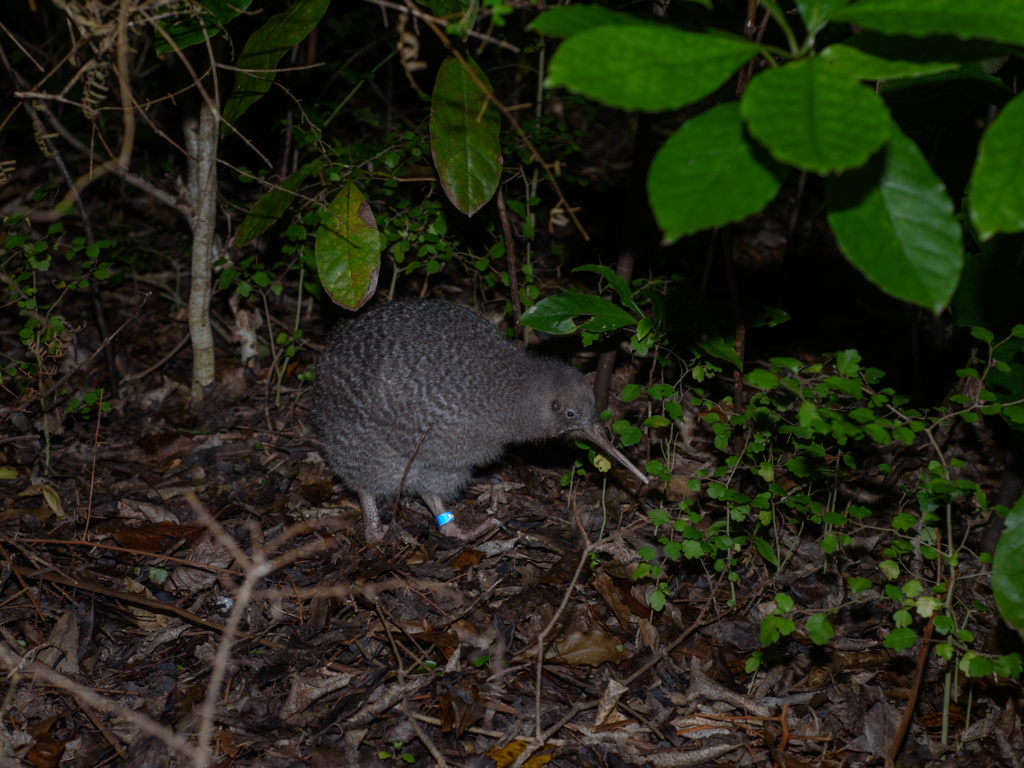
Rowi
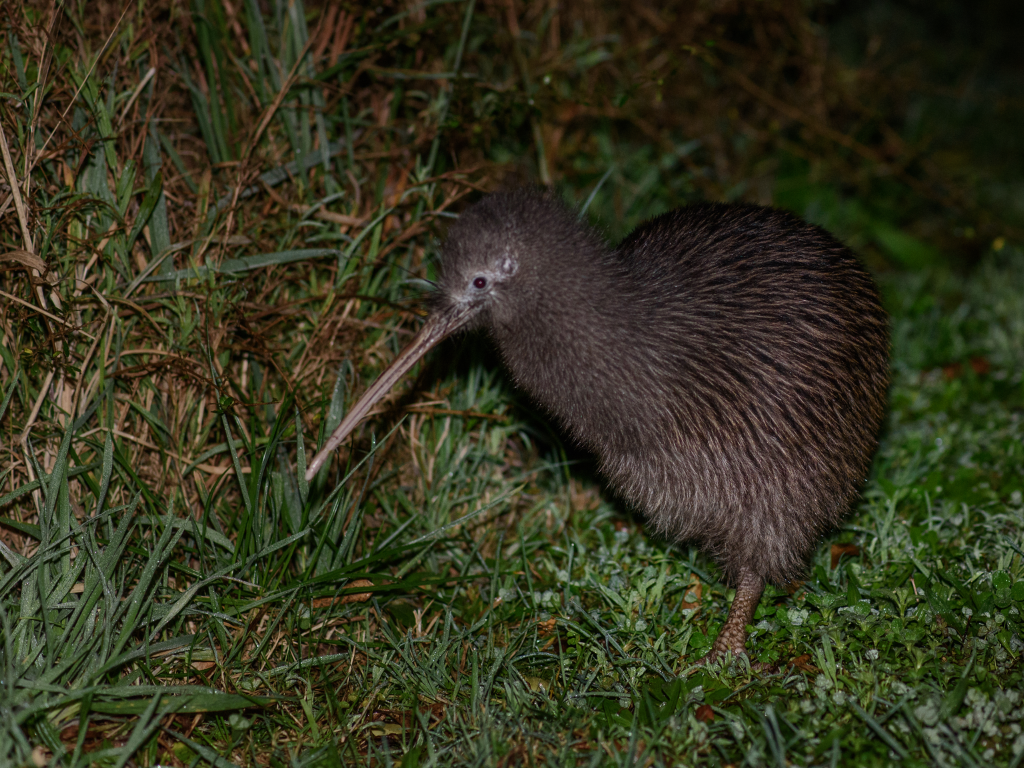
The rowi is the rarest kiwi species, numbering just 500. Most rowi are found at Ōkārito Kiwi Sanctuary near Franz Josef, although they are also on a couple of predator free islands in the Marlborough Sounds.
Unlike other kiwi species, male and female rowi take turns incubating their eggs. As soon as they hatch, kiwi chicks are self-sufficient, though rowi juveniles hang around with their family for years.
DOC intensively manages all rowi to protect them from predators.
All chicks are hatched in captivity and placed in a predator-free environment until they are big enough to defend themselves in the wild (around 1kg).
DOC’s efforts increased the population from a record low of 150-200 birds in the mid-1990s. While the species isn’t declining anymore, they’re still vulnerable simply because there are so few.
Tokoeka
There are four distinct geographical taxa of tokoeka: Haast, Northern Fiordland, Southern Fiordland and Rakiura.
When you combine the populations of all four taxa, tokoeka is the most abundant kiwi species. However, the Haast tokoeka is New Zealand’s rarest taxa, numbering just 400.
Unlike other kiwi, Rakiura tokoeka can live in large family groups, with an alpha male and female. Their offspring stay around as helpers, even helping to incubate eggs until there’s room for them in a nearby territory.
While kiwi are nocturnal, they often come out during the day on Rakiura (Stewart Island). Because nights are shorter in summer they have to make up for fewer hours hunting food.
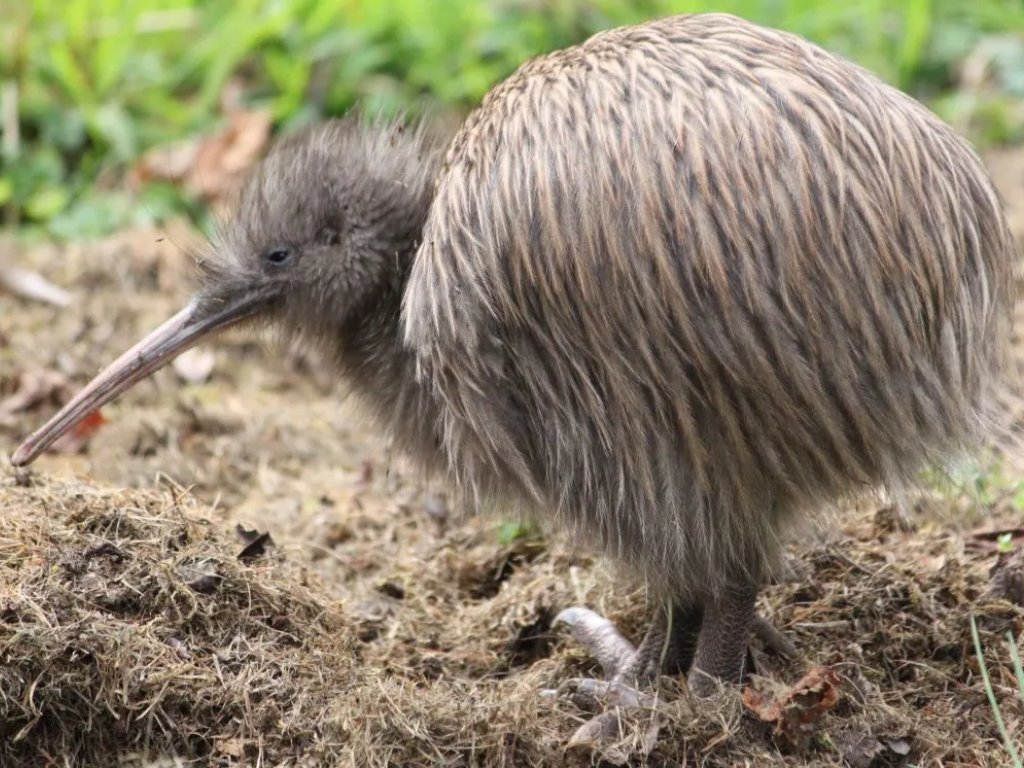
Fiordland tokoeka are particularly vulnerable. Over three years, DOC rangers monitored 34 chicks in the rugged Shy Lake area. Not a single one survived, and most were killed by stoats. However, implementing traditional predator control measures isn’t an option here. The Fiordland terrain is so rough, remote, vast and wet that trapping is impossible.
In 2020, DOC aerially applied 1080 in the area for the first time in an attempt to knock back introduced predators. The Fiordland Kiwi Diaries documentary series follows several DOC rangers working to protect kiwi chicks and the results after the 1080 drop.
So, how can you help kiwi?
The short answer is predator control. The more traps there are, the more likely stoats and ferrets will be killed before they have the chance to kill Kiwis.
Many trapping projects need more people to do the mahi. If you can spare a few hours a month, reach out to a local kiwi conservation group and volunteer to help where it’s most needed.
To learn more about kiwi and what’s being done to rebuild the population, visit www.savethekiwi.nz.

